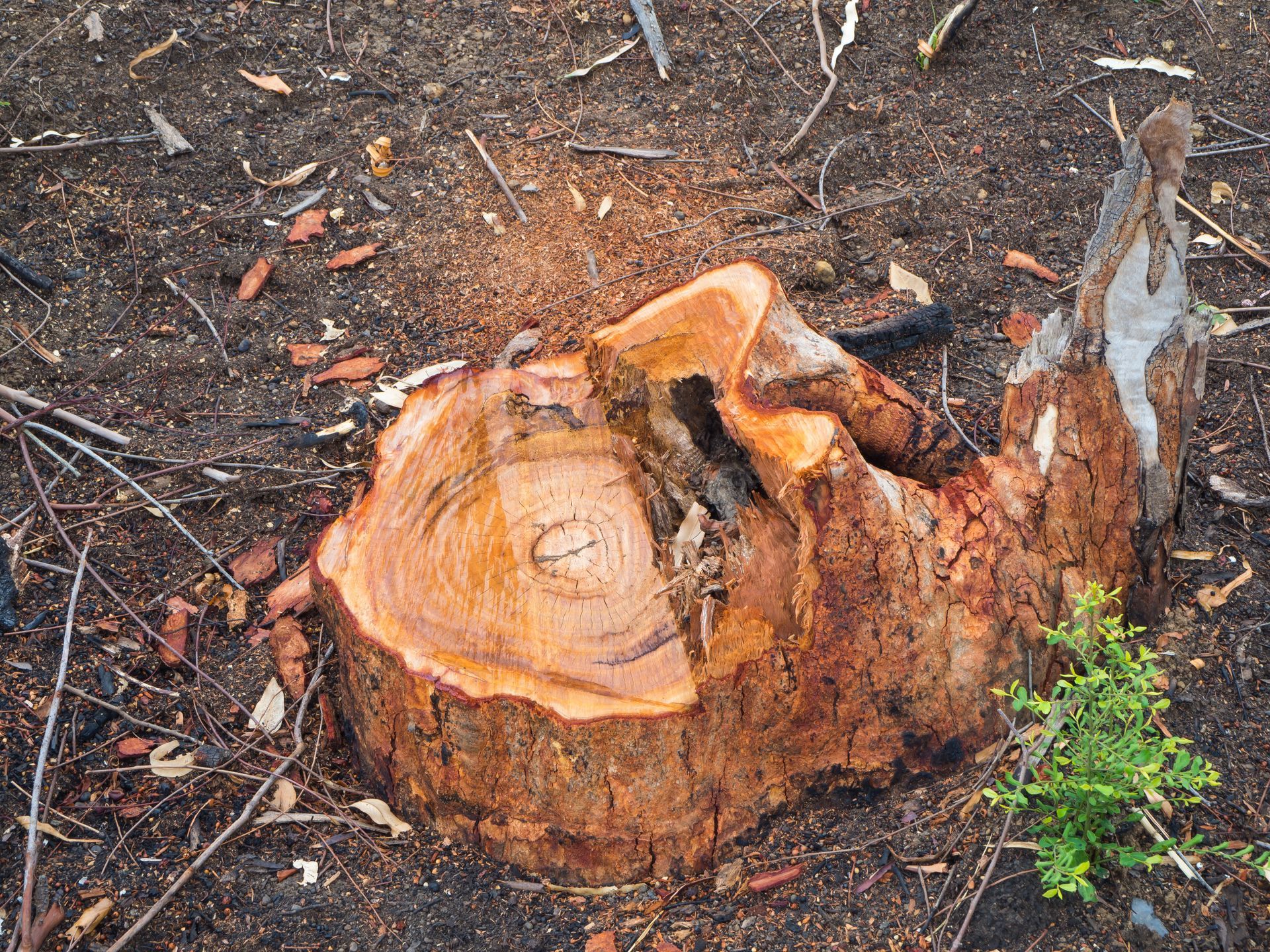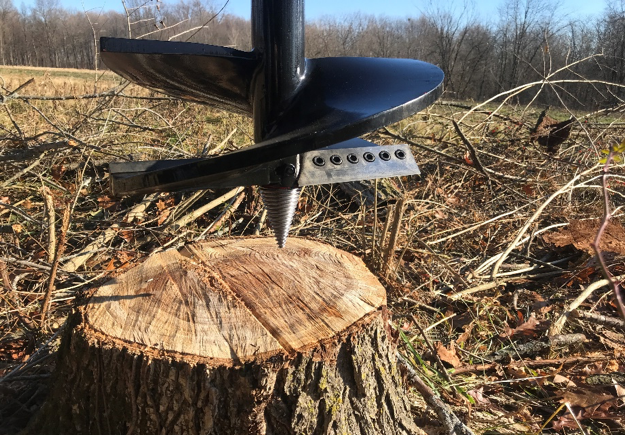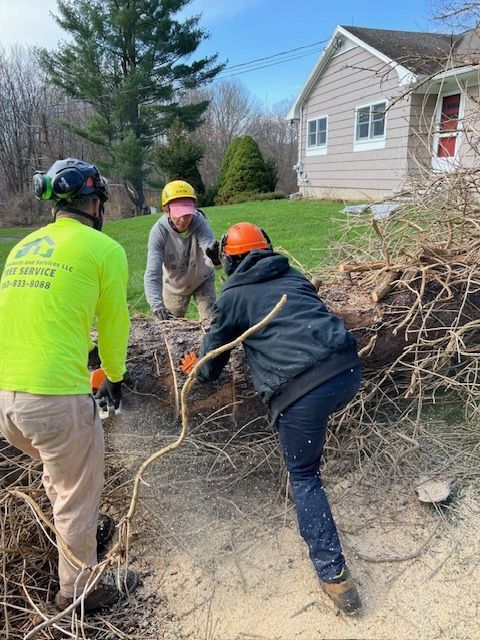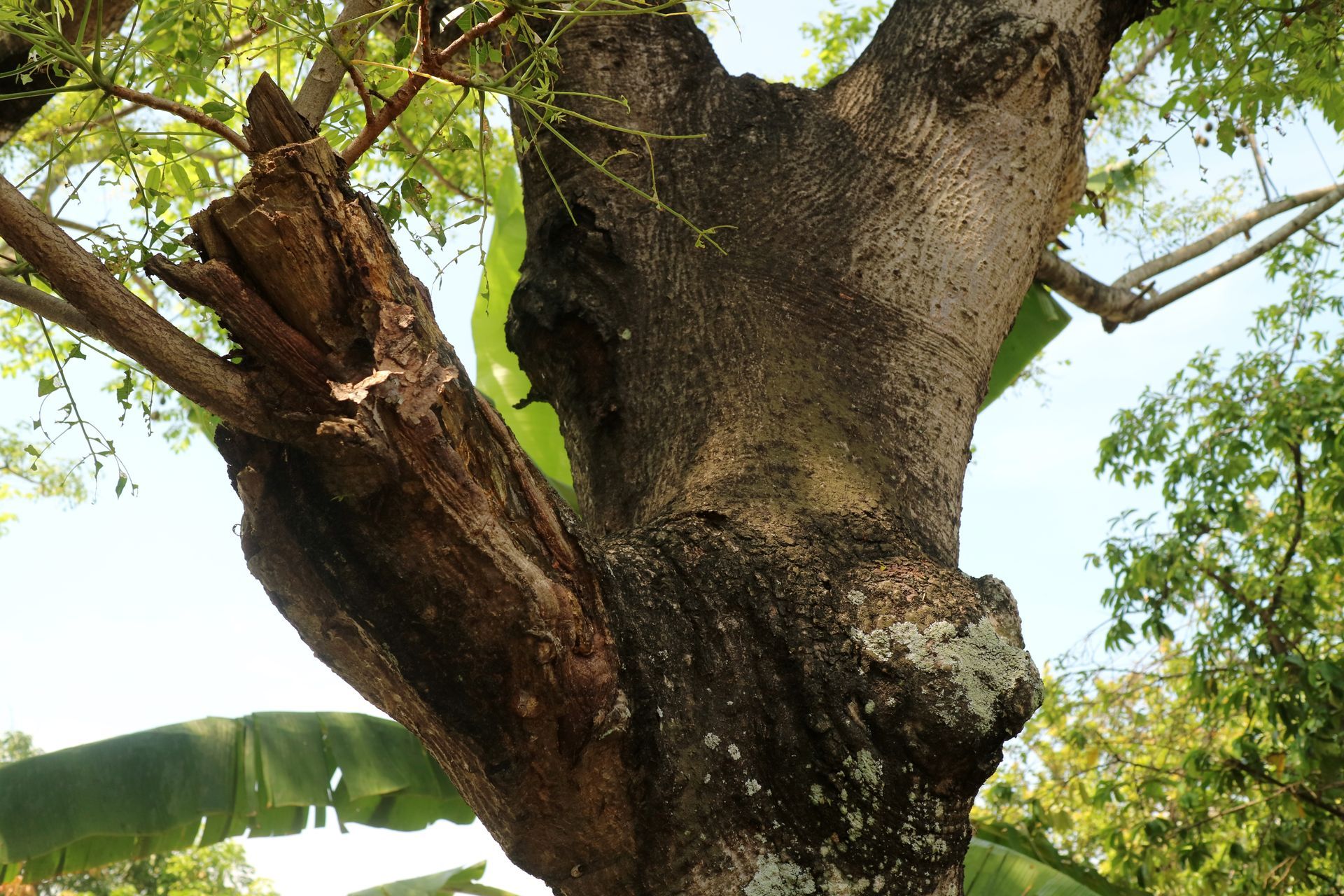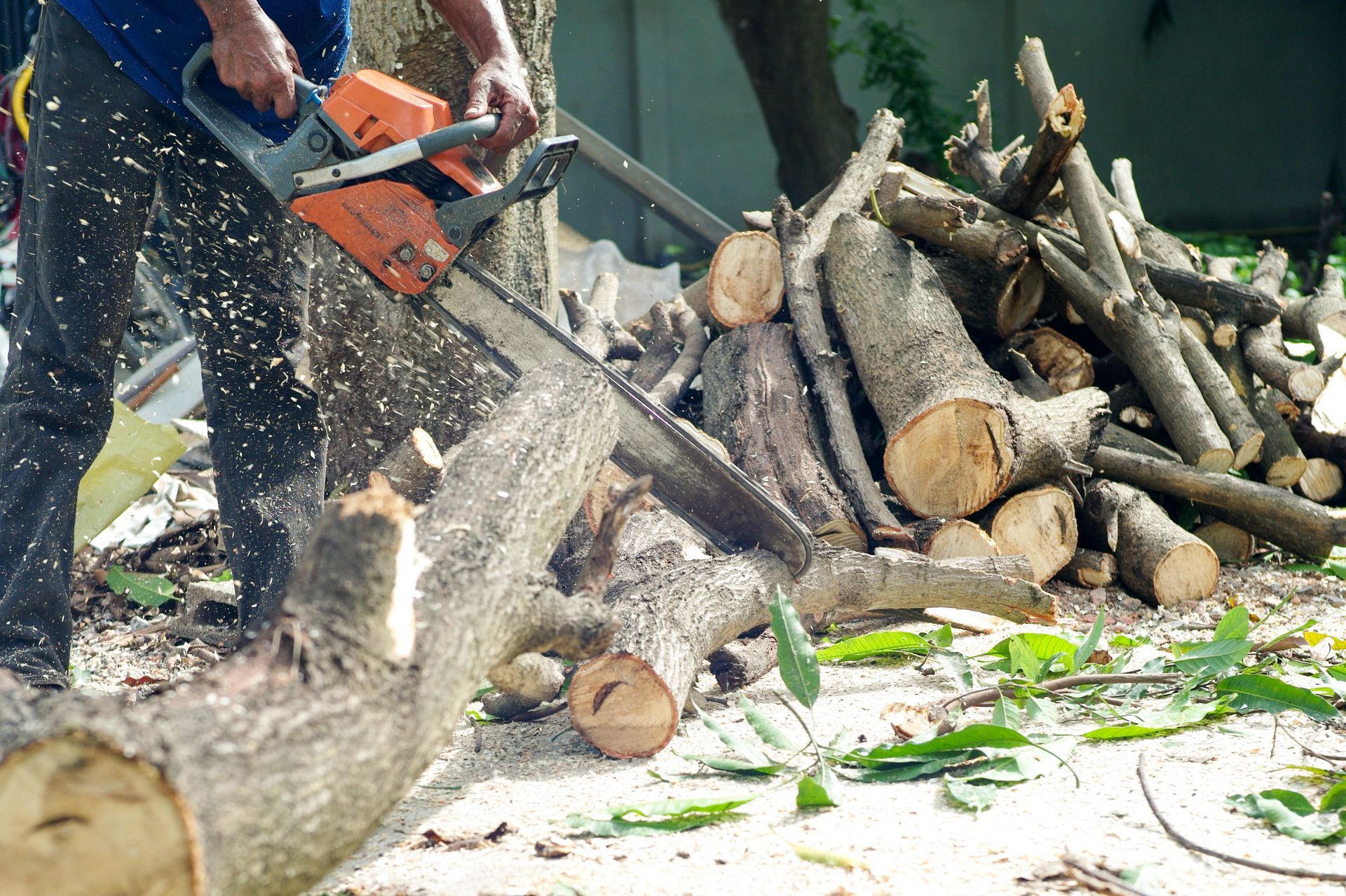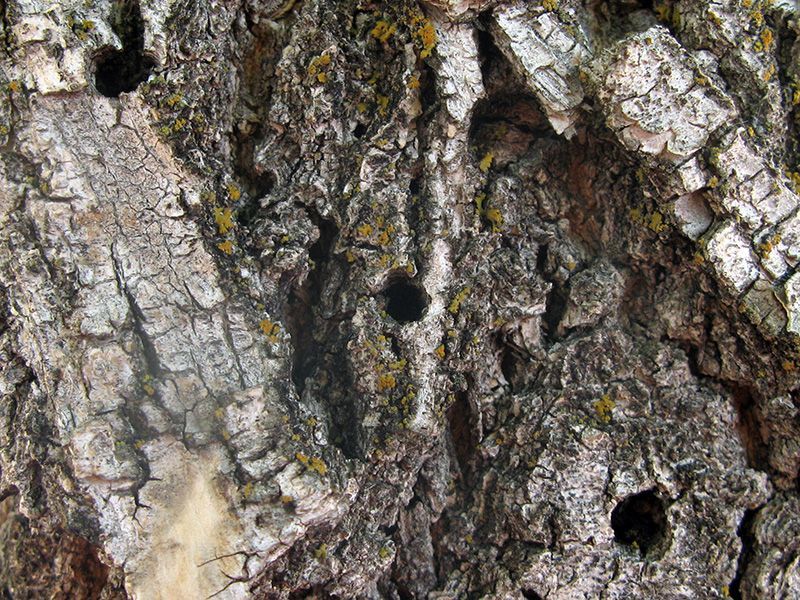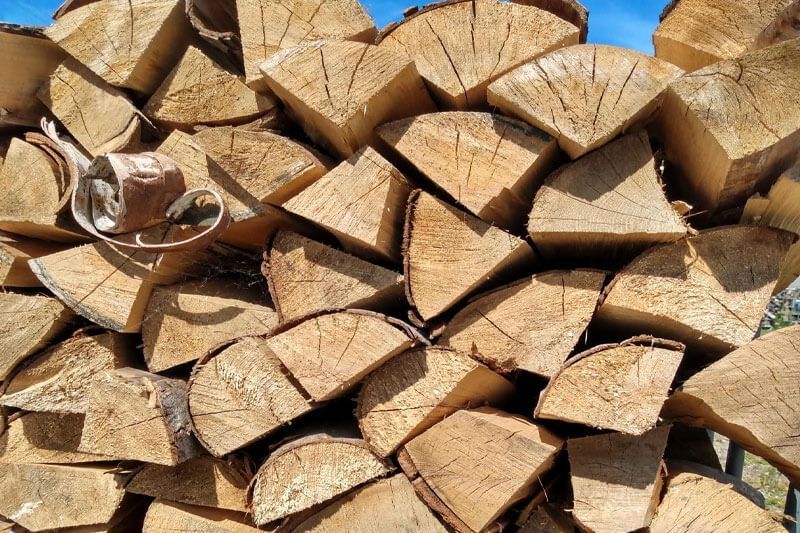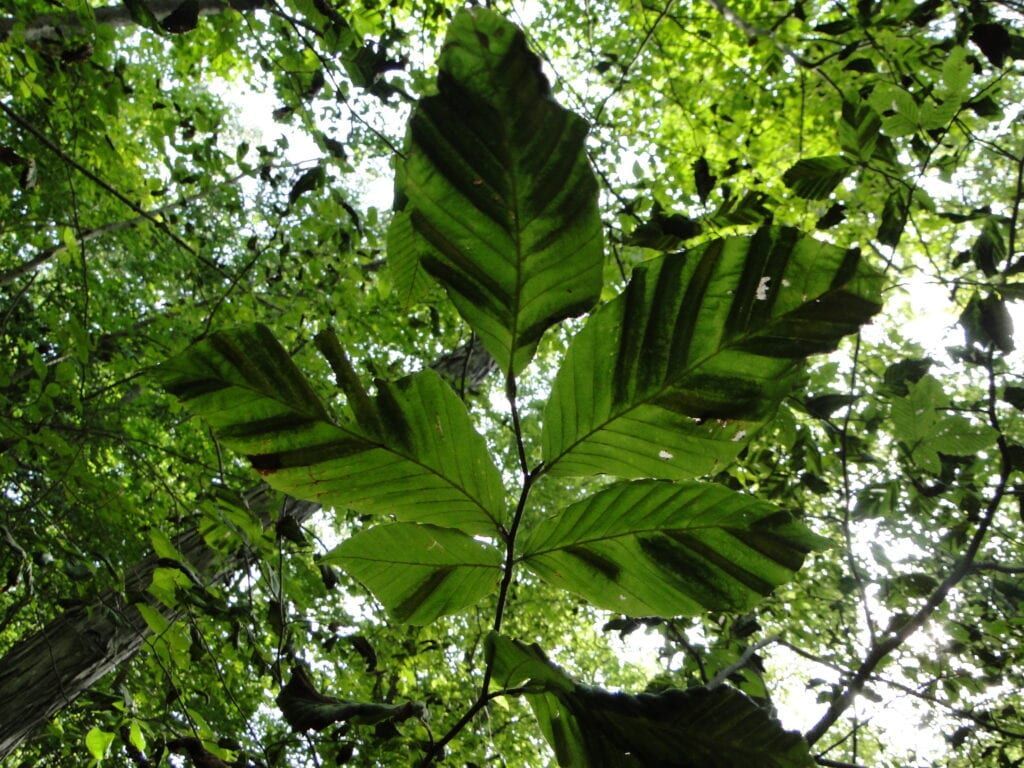Storm-Proofing Your Trees in Shelton: What to Do Before Hurricane Season
Storm-Proofing Your Trees in Shelton: What to Do Before Hurricane Season
"One mature tree can weigh more than 10,000 pounds—and when it falls during a storm, it doesn’t land softly."
Hurricane season isn’t just a coastal concern. Every year, Connecticut sees powerful storms that take down trees, block roads, crush roofs, and knock out power for days.
And while you can’t stop a hurricane, you can prepare your trees so they’re less likely to snap, fall, or cause damage when the wind picks up.
This isn’t about panic. It’s about smart, preventative care. Let’s dig into how you can protect your home, your family, and your trees—before the next big one rolls through.
🪓 1. Start with a Tree Risk Assessment
Walk your property. Look up. Look down. What do you see?
You’re looking for warning signs like:
- Trees that lean unnaturally
- Dead limbs hanging over driveways or rooftops
- Cracked trunks or split branches
- Mushrooms or soft spots at the base of the trunk
- Exposed or lifting roots on one side
If anything seems off—or if a tree just feels unstable—bring in a certified arborist. Don’t wait. Trees that appear "fine" today can become missiles in a hurricane.
✂️ 2. Prune for Wind Resistance
No, this doesn’t mean hacking off every branch.
The goal is to:
- Thin the canopy so wind can pass through
- Remove weak or dead limbs that will break under pressure
- Reduce weight at the ends of major branches to prevent snapping
- Clear limbs away from your roof, gutters, and power lines
A properly pruned tree bends in a storm. A neglected one breaks.
Pro tip: Avoid lion-tailing (stripping all inner branches)—it weakens structure. Good pruning is balanced and strategic, not extreme.
🧱 3. Check Tree Spacing and Proximity to Structures
Some trees just don’t belong close to buildings. If you have large, fast-growing species like silver maples, poplars, or Bradford pears planted too close to your house or garage, it might be time for a hard decision.
Ask yourself:
- If this tree falls, what’s in its path?
- Is it tall enough to reach the house or power lines?
- Is there a history of storm damage in this area?
If the answer raises concern, removal or reduction may be safer—and smarter—before hurricane season hits.
🪵 4. Remove Hazard Trees Before the Storm, Not After
We hear this every season:
“I was going to take that tree down, but it looked okay… until it didn’t.”
If a tree is diseased, dying, split, hollow, or growing at a dangerous angle—it’s a liability during a storm. It’s not a matter of if it’ll fall. Just when.
Don’t wait for the wind to make the decision for you. Preemptive removal is often safer, cheaper, and far less stressful than dealing with emergency cleanup after the fact.
🌱 5. Protect Young Trees the Right Way
Younger trees are more vulnerable to strong winds, but they’re also more flexible. With a little help, they can ride out the storm just fine.
Here’s how to give them a fighting chance:
- Stake them properly—but don’t make them rigid. Some movement is good.
- Mulch around the base (2–3 inches deep, not touching the trunk) to reduce root stress.
- Water deeply in dry weather to keep them healthy and anchored.
And if you’re planting new trees? Choose native species with deep, storm-resilient root systems—like white oak, sugar maple, or American beech.
⚡ 6. Know When to Call a Pro
This is important:
If the tree is tall… near power lines… close to a structure… or has visible defects?
Call a licensed, insured tree expert.
Don’t risk it. DIY tree work before a hurricane can be dangerous—and if it’s done wrong, it can make things worse.
At Shady Shelton Tree Service, we specialize in storm prep, hazard removals, and pruning that keeps trees strong and safe. We’ll assess your property, explain what’s at risk, and take action before the forecast turns serious.
✅ Final Thoughts: Prepare Now, Sleep Easier Later
Tree damage is one of the top causes of storm-related property loss in Connecticut. But most of that damage? It’s preventable—with a little foresight and the right team on your side.
Don’t wait for the storm warnings to go up. Start now.
Assess. Prune. Remove if needed. Protect what matters.
📞 Need a Pre-Storm Tree Checkup? Let’s Make It Happen.
Fast estimates. Honest advice. Peace of mind before the winds hit.

